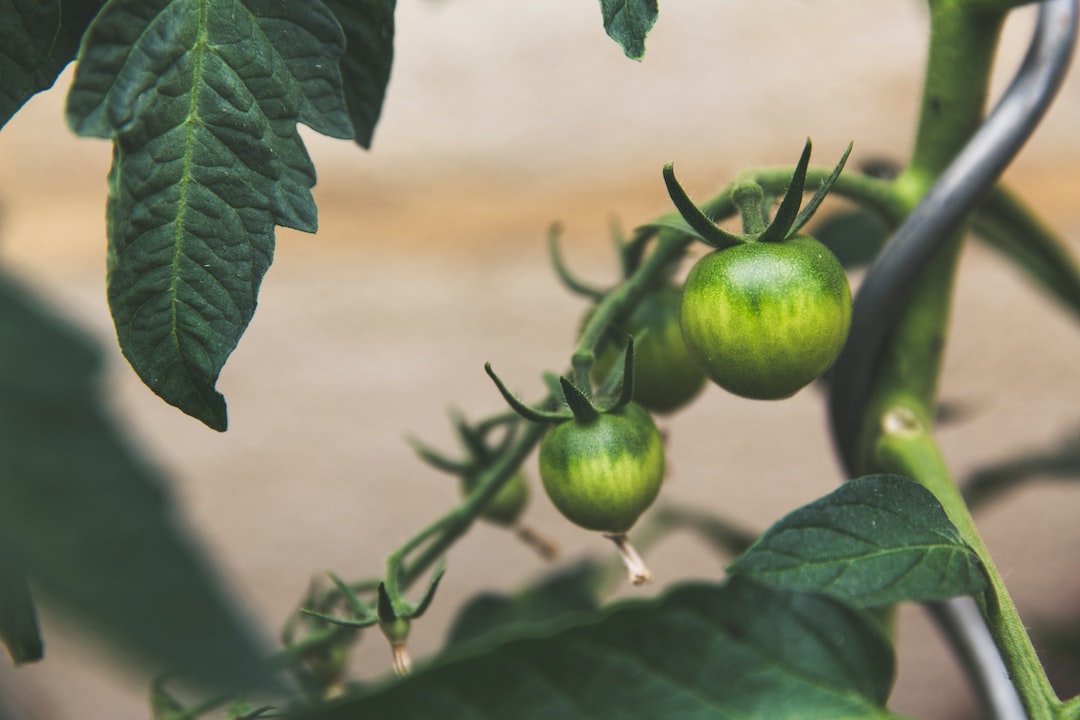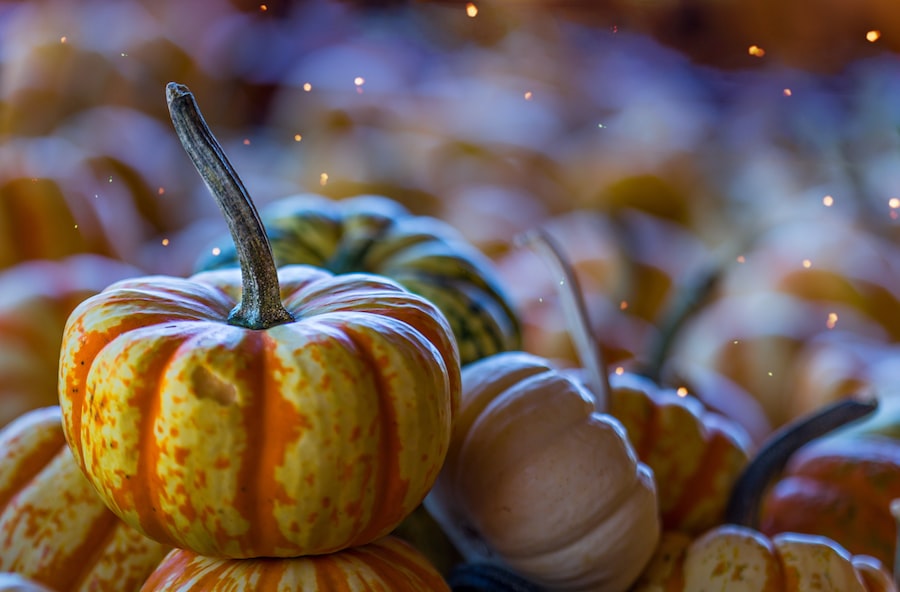Broccoli Harvesting Guide: How to Know When Your Crop is Ready

Broccoli is a popular and nutritious vegetable that is enjoyed by many people around the world. Harvesting broccoli at the right time is crucial to ensure that you get the best flavor and texture from the vegetable. Proper harvesting techniques are also important to minimize damage to the plant and maximize yield. In this article, we will explore the different stages of broccoli growth, signs that indicate it is ready for harvest, factors to consider before harvesting, tools and equipment needed, techniques for harvesting, tips for maximizing yield, proper storage techniques, common mistakes to avoid, and final thoughts on broccoli harvesting.
Key Takeaways
- Broccoli harvesting involves understanding the growth cycle, signs of readiness, and factors to consider before harvesting.
- Tools and equipment needed for broccoli harvesting include a sharp knife, gloves, and a basket or container.
- Techniques for harvesting broccoli include cutting the main head and leaving the side shoots to continue growing.
- To maximize your broccoli yield, plant at the right time, provide adequate water and nutrients, and harvest at the right time.
- When storing harvested broccoli, keep it in a cool, dry place and use within a few days to ensure freshness.
Understanding the Growth Cycle of Broccoli
To effectively harvest broccoli, it is important to understand its growth cycle. Broccoli goes through several stages of growth before it is ready for harvest. The first stage is seed germination, where the seeds sprout and develop into seedlings. This stage usually takes about 5-10 days.
The second stage is the vegetative stage, where the plant grows leaves and stems. During this stage, it is important to provide the plant with adequate water and nutrients to support its growth. The vegetative stage can last anywhere from 4-6 weeks.
The third stage is the flowering stage, where the plant starts to produce flower buds. These buds eventually develop into the familiar broccoli heads that we are familiar with. It is important to closely monitor the plant during this stage as the heads can quickly go from underripe to overripe.
Factors such as temperature, sunlight, soil conditions, and water availability can affect the growth cycle of broccoli. It is important to provide optimal conditions for the plant to ensure healthy growth and development.
Signs that Your Broccoli is Ready for Harvesting
There are several visual cues that indicate that your broccoli is ready for harvest. The most obvious sign is when the head of the broccoli reaches a desirable size. The head should be firm and compact, with the individual florets tightly packed together. If the head starts to loosen and the florets separate, it is a sign that the broccoli is overripe.
Another sign to look for is the color of the head. Broccoli heads are typically dark green in color, but they can also be purple or white depending on the variety. The color should be vibrant and uniform across the entire head. If you notice any yellowing or browning of the head, it is a sign that the broccoli is past its prime.
Lastly, you can also check the firmness of the head by gently squeezing it. A ripe broccoli head should feel firm and dense. If it feels soft or mushy, it is a sign that the broccoli is overripe.
Factors to Consider Before Harvesting Your Broccoli
| Factors to Consider Before Harvesting Your Broccoli |
|---|
| 1. Head size: Broccoli heads should be firm and compact, with a diameter of 4-7 inches. |
| 2. Color: The head should be dark green, with no yellowing or browning. |
| 3. Texture: The florets should be tightly packed and the stalks should be firm. |
| 4. Timing: Harvest broccoli when the head is fully formed but before the yellow flowers appear. |
| 5. Weather: Harvest broccoli on a dry day to prevent disease and rot. |
| 6. Insects: Check for cabbage worms and other pests before harvesting. |
Before harvesting your broccoli, there are several factors that you should consider. The first factor is weather conditions. It is best to harvest broccoli on a dry day when there is no rain in the forecast. Wet conditions can increase the risk of disease and spoilage.
The time of day is also important when it comes to harvesting broccoli. It is best to harvest in the morning when the temperatures are cooler. This helps to preserve the quality and freshness of the vegetable.
Another factor to consider is the overall health of the plant. If you notice any signs of disease or pest infestation, it is best to address these issues before harvesting. Harvesting from a healthy plant will ensure that you get the best quality broccoli.
Tools and Equipment Needed for Broccoli Harvesting
To harvest broccoli, you will need a few basic tools. These include a sharp knife or garden shears for cutting the heads from the plant. It is important to use a sharp tool to minimize damage to the plant.
You will also need a basket or container to collect the harvested heads. This will help to keep them organized and prevent damage during transportation.
For larger harvests, you may also consider using a harvesting knife or sickle. These tools are designed specifically for harvesting vegetables and can make the process more efficient.
Techniques for Harvesting Broccoli

To harvest broccoli, follow these step-by-step instructions:
1. Inspect the heads: Before harvesting, inspect the heads to ensure that they are at the desired size and firmness. Look for any signs of overripeness such as loose florets or discoloration.
2. Cut the heads: Using a sharp knife or garden shears, cut the heads from the plant. Make a clean cut just below the head, leaving a few inches of stem attached.
3. Remove any leaves: After cutting the heads, remove any large leaves that are attached to the stem. This will help to keep the heads clean and prevent them from rotting.
4. Collect the heads: Place the harvested heads in a basket or container. Be careful not to stack them on top of each other as this can cause bruising and damage.
5. Repeat the process: Continue harvesting the remaining heads, leaving a few smaller heads on the plant to allow for continued growth.
Tips for Maximizing Your Broccoli Yield
If you want to maximize your broccoli yield, there are several tips that you can follow. First, provide your plants with adequate water and nutrients throughout their growth cycle. Broccoli requires consistent moisture and regular fertilization to support healthy growth.
Second, practice good plant care by removing any weeds or competing plants that may hinder the growth of your broccoli. Weeds can compete for nutrients and water, reducing the overall yield of your plants.
Third, consider using companion planting techniques to maximize your yield. Broccoli grows well with certain companion plants such as carrots, onions, and herbs like dill and chamomile. These plants can help to deter pests and improve the overall health of your broccoli plants.
Lastly, consider using organic pest control methods to protect your plants from common pests such as aphids, cabbage worms, and slugs. These pests can cause significant damage to your broccoli plants and reduce your yield.
How to Store Your Harvested Broccoli
After harvesting your broccoli, it is important to store it properly to maintain its freshness and flavor. The best way to store broccoli is in the refrigerator. Wrap the heads in a damp paper towel or place them in a plastic bag to help retain moisture.
Broccoli can be stored in the refrigerator for up to 5-7 days. However, it is best to consume it as soon as possible for the best flavor and texture. Over time, the heads may start to become limp and lose their crispness.
If you have a large harvest and cannot consume all of the broccoli within a week, consider blanching and freezing it. Blanching involves briefly boiling the broccoli heads and then immediately placing them in ice water to stop the cooking process. Once blanched, you can store the broccoli in airtight containers or freezer bags in the freezer for up to 12 months.
Common Mistakes to Avoid When Harvesting Broccoli
When harvesting broccoli, there are several common mistakes that you should avoid. One common mistake is waiting too long to harvest. If you wait too long, the heads can become overripe and lose their flavor and texture. It is important to closely monitor your plants and harvest them at the right time.
Another mistake is using a dull or improper tool for harvesting. Using a dull knife or shears can cause damage to the plant and increase the risk of disease. It is important to use a sharp tool and make clean cuts just below the heads.
Lastly, another common mistake is not properly caring for your plants before and after harvest. It is important to provide your plants with adequate water, nutrients, and pest control measures to ensure healthy growth and maximize yield.
Conclusion and Final Thoughts on Broccoli Harvesting
In conclusion, harvesting broccoli at the right time and using proper techniques is crucial to ensure the best flavor, texture, and yield. By understanding the growth cycle of broccoli, recognizing the signs of ripeness, considering important factors before harvesting, using the right tools and equipment, following proper techniques, maximizing yield through plant care, storing harvested broccoli correctly, avoiding common mistakes, and implementing these tips and strategies, you can successfully harvest and enjoy your own homegrown broccoli. So get out there, start growing your own broccoli, and enjoy the fruits (or vegetables) of your labor!



